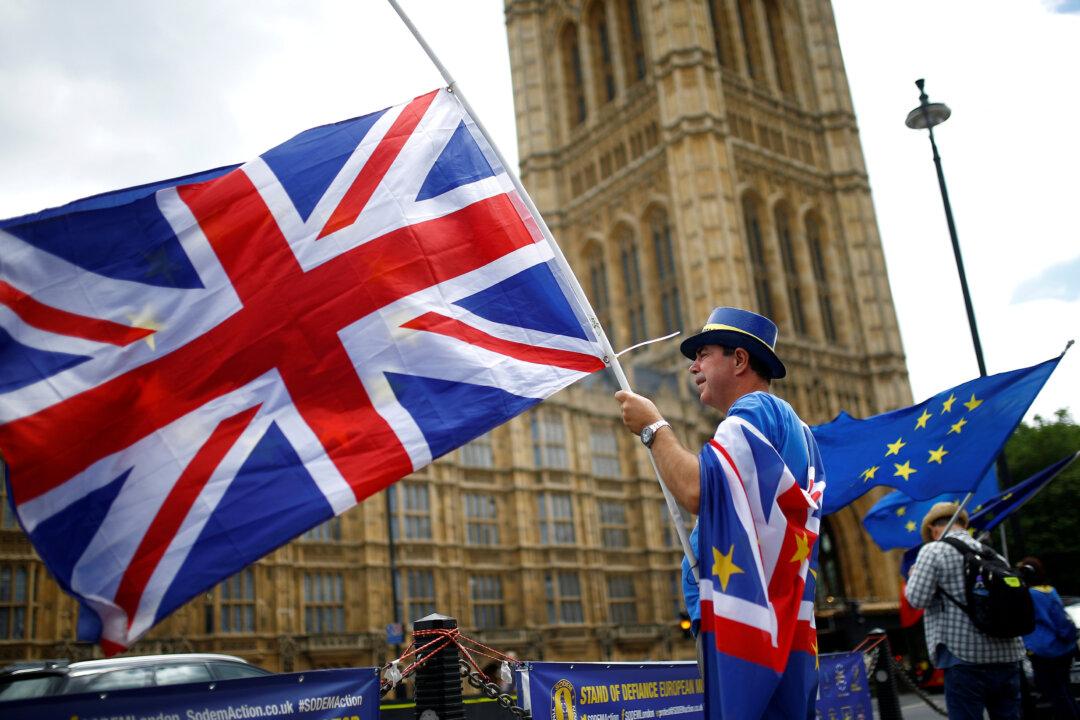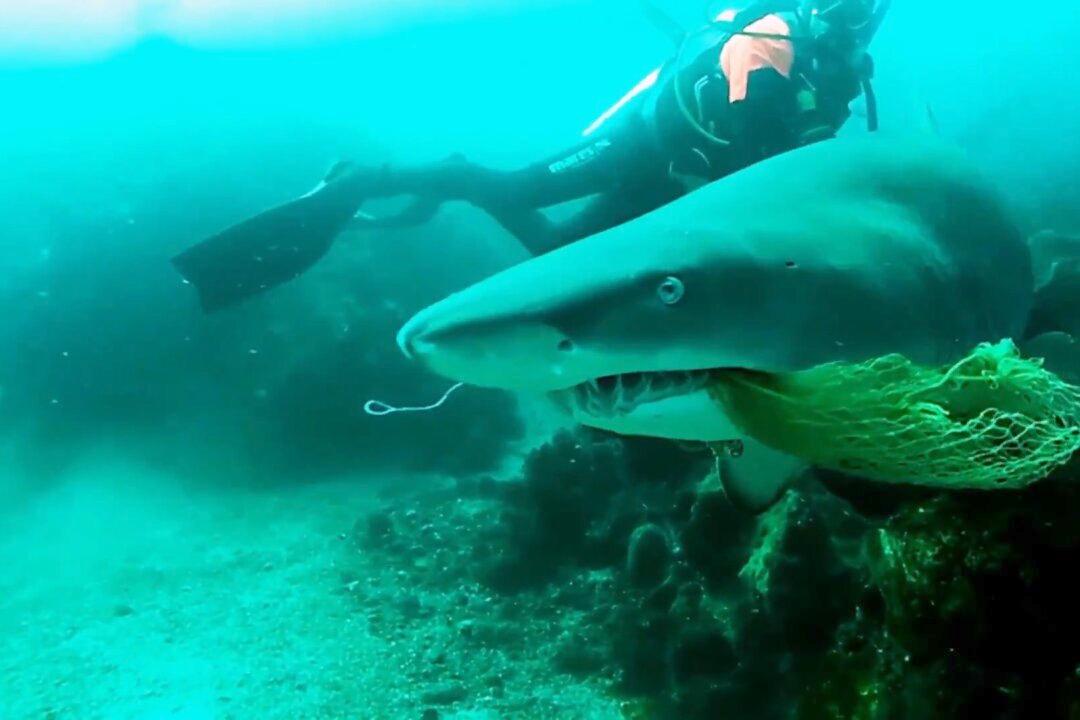Global fashion brands like Dior are choosing not to disclose information about their supply chains, new research has revealed.
The Fashion Transparency Index analysed 100 global brands and retailers with revenues over $1.2 billion and ranked them according to how open they are about their supply chains.
The lowest scorers include Dior, Heilan Home, and s.Oliver because they chose not to disclose any information.
Adidas, Reebok, Marks & Spencer, and H&M scored higher, partly because they published the list of factories where their clothes are sewn together.
It’s a continued effort to change the industry for the better by fashion-lovers and activists at Fashion Revolution, a global movement that calls for more transparency in the fashion sector.
Carry Somers, co-founder of Fashion Revolution said that even the top scoring brands still have “a long way to go” towards being more transparent about their processes. For example, Adidas and Reebok, the highest rankers, scored 49 per cent of the total possible points. Few brands disclosed efforts to pay the living wage to workers in the supply chain.
None of the brands published their raw material suppliers.





